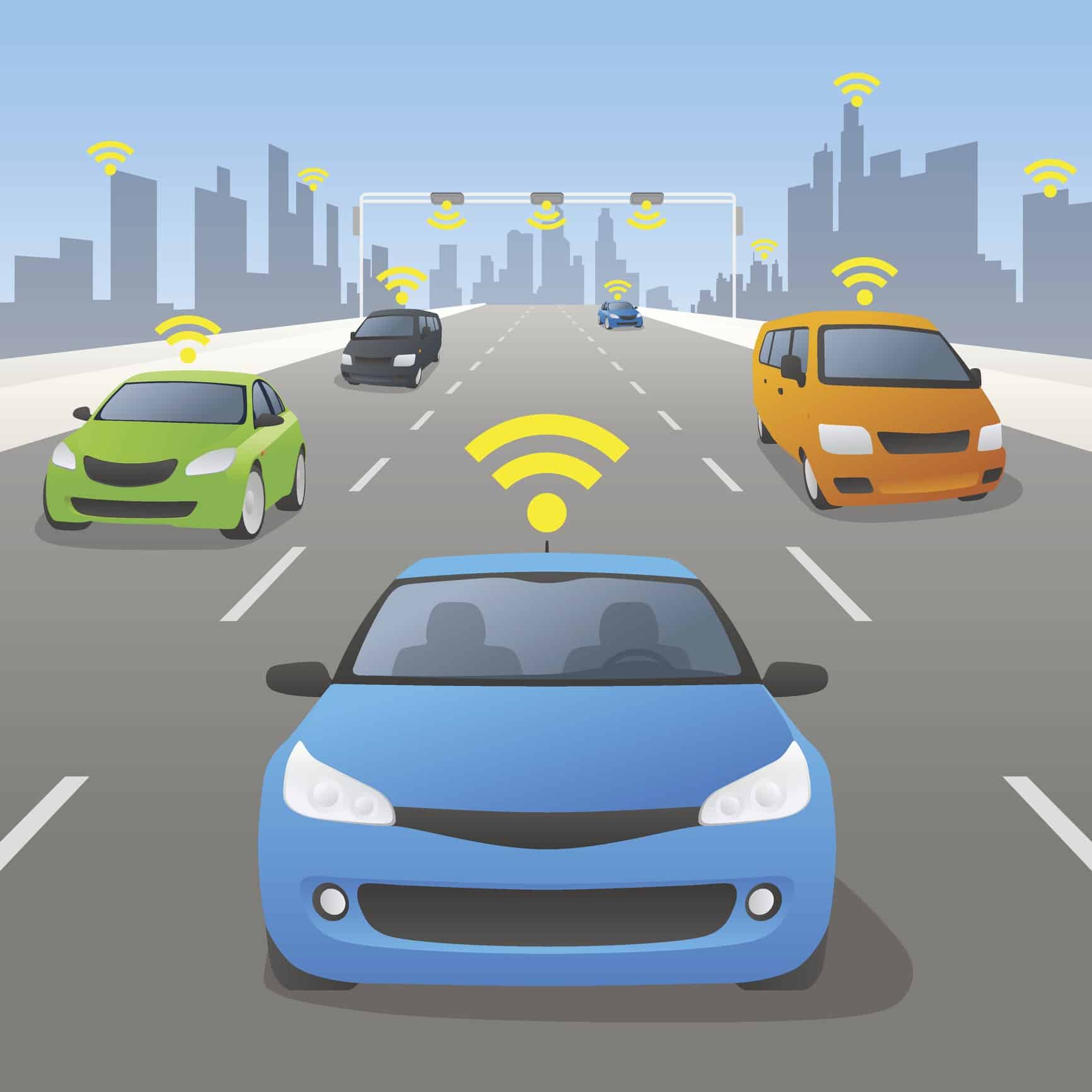Allowing Markets and Technology to Prevent Traffic Collisions

 Modern transportation is hugely beneficial in American society, but it carries the potential for significant, and sometimes fatal, risks. The average American is expected to experience at least four car crashes over the course of a lifetime. For teens and young adults between the ages of 15 to 25, traffic collisions are the leading cause of death. Fortunately, emerging technologies may be able to greatly reduce the risks associated with modern transportation by preventing crashes from occurring in the first place.
Modern transportation is hugely beneficial in American society, but it carries the potential for significant, and sometimes fatal, risks. The average American is expected to experience at least four car crashes over the course of a lifetime. For teens and young adults between the ages of 15 to 25, traffic collisions are the leading cause of death. Fortunately, emerging technologies may be able to greatly reduce the risks associated with modern transportation by preventing crashes from occurring in the first place.
Since the 1960s, the dominant response to transportation hazards has been extensive government intervention through federal regulation and spending. Currently, the United States has multiple Department of Transportation modal agencies aimed at addressing transportation safety risks. Agencies such as the National Highway Safety Administration and the Federal Highway Administration’s Office of Safety have spent decades attempting to manage transportation safety. The aggregate federal expenditure on transportation safety programs amounts to approximately $5 billion per year. In 2017, the National Highway Safety Administration alone spent $1.1 billion. The transportation industry is also heavily regulated by the federal government. Regulations known as Federal Motor Vehicle Safety Standards must be met by all auto manufacturers in the United States. These regulations enable the federal government to dictate standards for vehicle design and performance which may or may not be relevant to vehicular safety concerns.
Yet, despite extensive spending and regulation, efforts to prevent traffic collisions have been in many ways ineffective. For instance, the crash fatality rate per 100 million vehicle-miles traveled has fallen by around 80 percent since 1960, but has plateaued in recent years. Currently, there are approximately 6 million traffic collisions per year. The technological makeup of automobiles is not the main reason for these traffic collisions so much as it is human error. The vast majority—approximately 95 percent—of vehicle crashes are caused by distractions, intoxication, speeding, etc.
Critics of these government agencies have long contended that they can never be as efficient as the private sector in promoting transportation safety. This is because their policies are dictated by politics rather than consumer preferences. Therefore, government agencies are less accountable to the forces of consumer risk preference and competition. The private sector, on the other hand, has to navigate this complex landscape by balancing a relationship between consumer satisfaction and producer profit. Without this relationship, the market discovery process breaks down and products and services become less effective and efficient.
The good news is that the private sector is developing technologies that could greatly reduce fatality rates associated with modern transportation. One rapidly growing industry that can play a major role in preventing transportation accidents is broadly known as the Internet of Things (IoT). IoT is an extensive network in which devices can digitally communicate with other physical objects. In the case of automobiles, this technology is generally referred to as vehicle-to-vehicle and vehicle-to-infrastructure communications. Through these technologies, vehicles and drivers can be alerted to hazards—such as if someone is about to run a red light—before they can physically see them. In the future, automated driving systems using sensor arrays could be integrated with these connected vehicle systems to automatically respond to hazards without any human intervention.
Today, there are already hints of transportation IoT services in smart cars. However, no transportation system takes full advantage of IoT. As the private sector develops these technologies, we can expect to see vehicles that communicate with one another at highway speeds and are fully aware of their surroundings. These connected and automated vehicles will be able to automatically adjust speed and distance between one another. Through this system of transportation, a large number of crashes would be prevented as human error would be largely eliminated.
For the past 50 years, the United States has focused government resources and regulations largely on technology. However, as was noted above, unsafe or defective vehicle technology is rarely the cause of vehicle crashes—it’s human behavior. Somewhat ironically, private sector technology innovation may soon solve lingering transportation safety problems by finally addressing human behavior as the dominant crash factor. The big question now is whether government regulators will allow it.